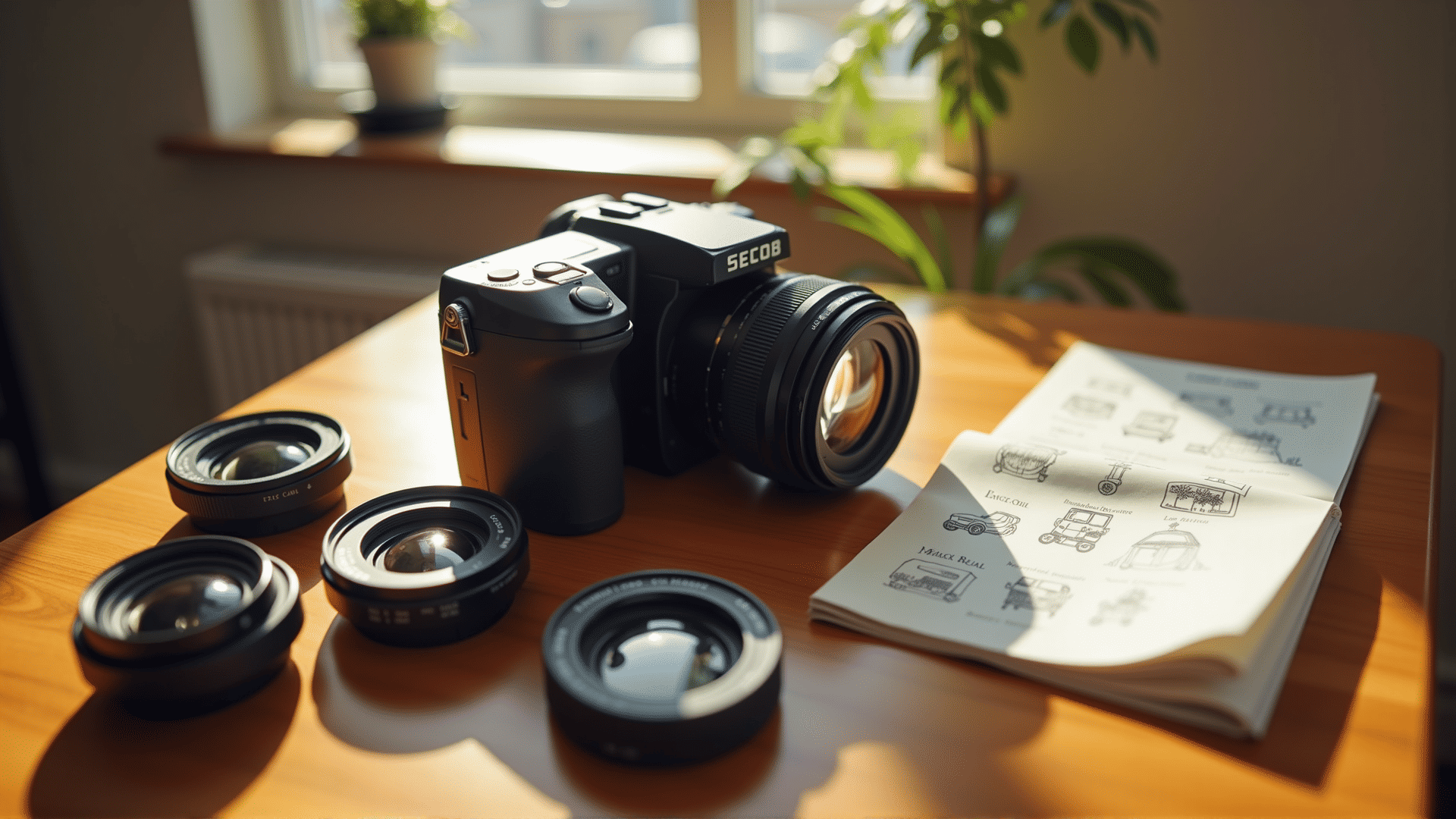Understanding the fundamental settings of your photographic device is a vital step in elevating your image-capturing skills. For enthusiasts looking to hone their craft, knowing camera essentials can make a world of difference in the final outcome of their work. Below, we delve into some indispensable features every photographer should familiarize themselves with.
Aperture
One of the fundamental elements is the aperture, which regulates the quantity of light that enters through the lens. Represented by f-stops, a lower f-stop number results in a larger opening, allowing more light to enter. This setting is crucial for achieving a shallow depth of field, which beautifully blurs the background, ensuring your subject takes center stage. Conversely, a higher f-stop number will increase depth of field, making it ideal for landscape photos where detail across a wide range is desirable.
Shutter Speed
This feature determines how long the shutter remains open to let light hit the sensor. A fast shutter speed can freeze motion, important for capturing action shots, while a slow shutter speed allows more light for low-lighting scenarios or creates a motion blur effect that can add dynamism to a scene. Mastery over this setting allows for creativity in portraying movement and time.
ISO
ISO dictates the sensitivity of the camera’s sensor to light. A lower ISO value means less sensitivity, best used in bright conditions to reduce noise. On the flip side, a higher ISO is beneficial in dim environments but may introduce graininess. Balancing ISO with aperture and shutter speed is key to achieving well-exposed pictures in any setting.
White Balance
Color balance is essential for true-to-life captures, and this is governed by white balance. Adjusting this setting ensures that colors appear natural, compensating for different lighting conditions like sunlight, shade, or artificial light. Understanding manual adjustments can significantly enhance the mood and tone in your images.
Focus Modes
Focus settings can dramatically influence clarity and emphasis. There are typically two primary modes: automatic and manual. Automatic focus is beneficial for speedy subjects or when you’re unsure of the focus point. Manual focus gives you precise control, especially useful for macro or portrait shots where intricate detail is crucial.
Metering Modes
Metering modes interpret light in a scene, assisting in correct exposure. Multi-zone metering considers the entire frame, suitable for complex lighting scenarios. Center-weighted metering emphasizes the central part of the frame, ideal for portraits, while spot metering focuses on a very small area, useful for backlit subjects.
Exposure Compensation
Exposure compensation allows photographers to adjust the camera’s automatic exposure. This is especially practical in tricky lighting situations. Understanding how to manipulate this feature can enhance images where the automatic settings might otherwise fail, like in high-contrast scenes.
As you experiment with these settings, you'll develop a deeper understanding of your camera's capabilities. Practice and exploration are essential to mastering these elements, ultimately liberating your creative vision and enabling you to capture the scenes you envision with clarity and precision.
